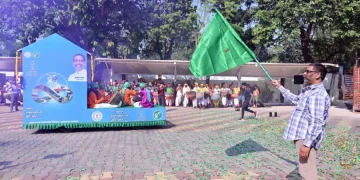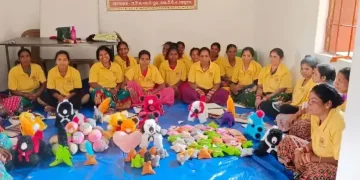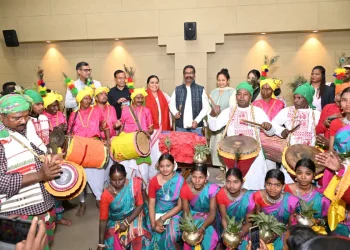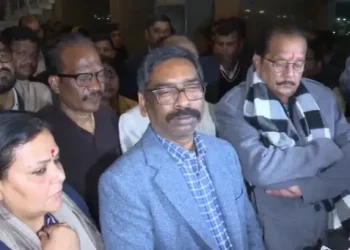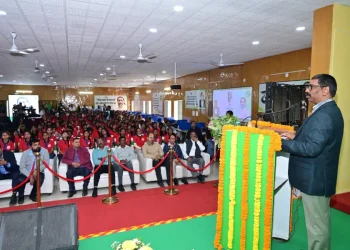A grain by any other name would taste as sweet. And Odisha’s tribals like their millet in all its avatars – be it tangy, sweet or salty.
The Gond and Kondh tribals of Kalahandi district grow several different types of small grains. Such as mandia (ragi or finger millet), kutki (little millet) or kodo (ditch millet). The tribes would consume it as a sort of broth, or jau.
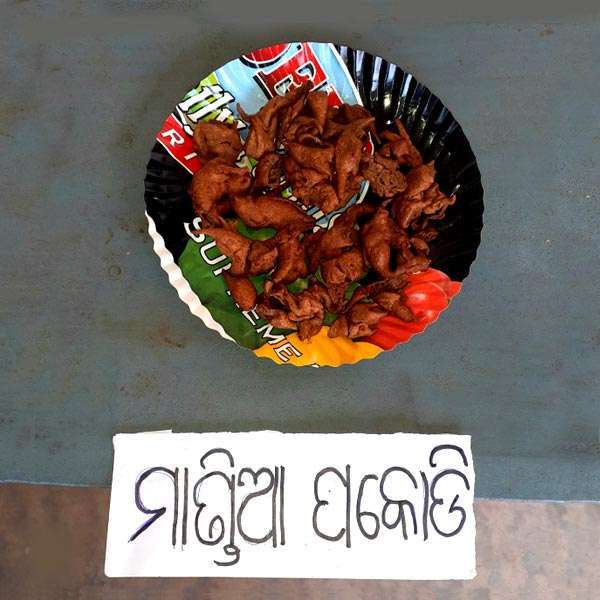
Three years ago, the Development Agency for Poor and Tribal Awakening (DAPTA) began its Millet Mission in Odisha under a value addition programme. This was to help educate the tribals in utilising the full potential of the cereals – be it for their own consumption or as marketable produce.
Camps impart training on creating various food forms of millets, such as savoury khichdi, pakora, mixtures and papad or even sweet laddu and kheer, among many others.
“We can dish up a variety of items now,” says Ramona, a Gond tribal from Badfurla village, who is very appreciative of DAPTA’s guidance.
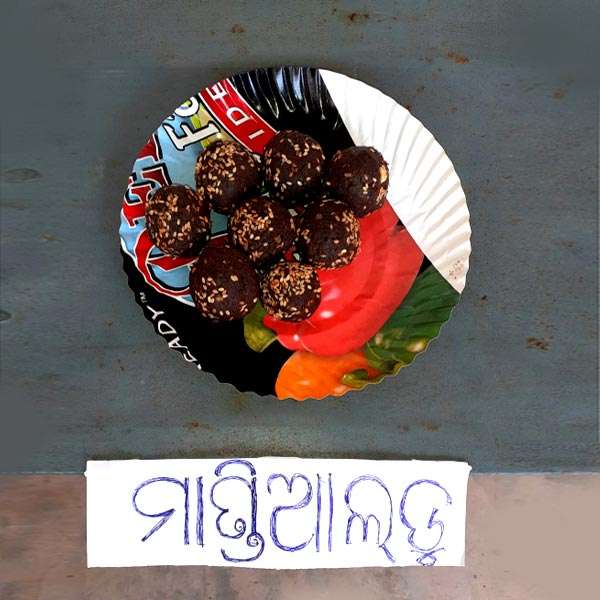
The tribals have diversified their palate and can create popular products that can marketed easily for a good sum.
The trainees are divided into two groups — residential and non-residential. The former are given food and shelter during the training period.
Programmes are of varying lengths. “While the two-day training dwells on the know-how, the five-day programme includes exposure visits to different locations,” says Srimukha Pan, chief executive officer, DAPTA, Bhawanipatna, the district headquarters.
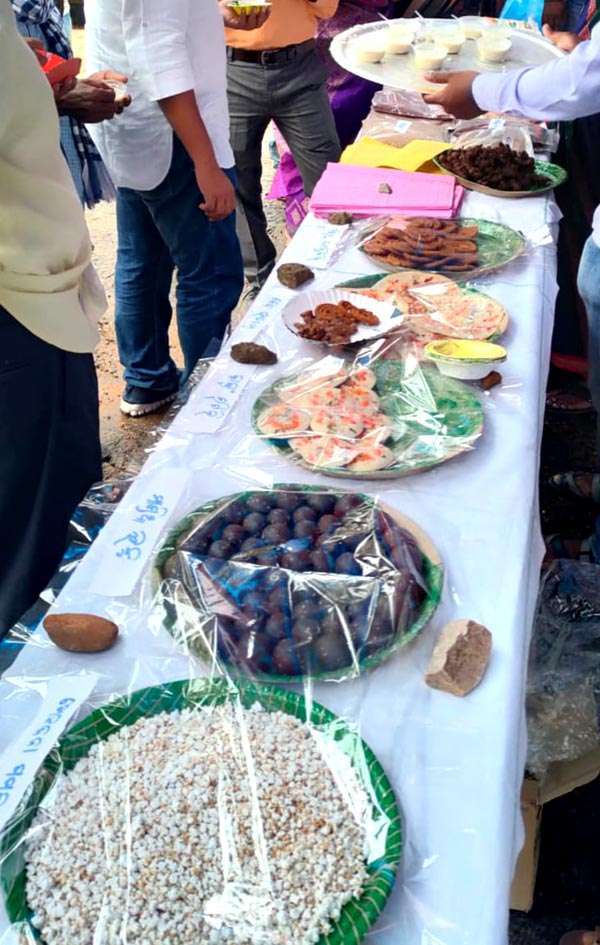
“We also organize tribal food festivals at different times for our trainees. Till now, they have mastered about seven varieties. Soon, we will include items such as mixtures,” points out Pan. Explore the information about The Indian Tribal Cuisine in Odisha with us, he adds.
Not far away, in Koraput district, a non-profit organisation is doing similar work. Borigumma-based Harsha Trust holds training camps for Omanatya and Bhottoda tribals six times a year so they can learn how to make mixtures, papad and biscuits under Millets Mission.
DK Panda, additional coordinator, Harsha Trust, says, “We are planning to begin e-marketing to rope in online consumers,” pointing to the weak marketing chain of them millet products.
Try It
Outside of a visit to the tribal regions, the strongest endorsement of the Millets Mission. would be a delicious recipe.
The kangu khichri uses 50 g of palak and other vegetables, 25 g onions, 250 g soaked moong dal and 500 g Kangu (foxtail millet). Ginger, garlic, mustard and cumin seed, along with chillies, are fried in a bit of oil. The dal is added while stirring continuously, and then the millet. The pot is covered for cooking a while. The recipe uses 2 litres of water.








